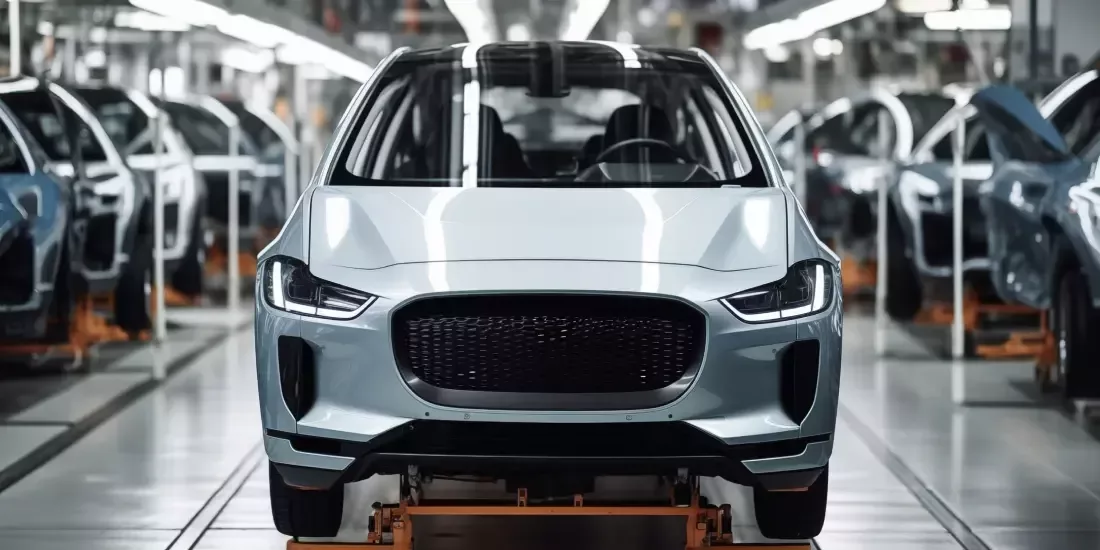Lightweighting EVs to Reduce Range Anxiety

In a process known as ‘lightweighting’, car manufacturers are shedding the pounds on their EVs in the hopes of attracting more buyers. This is all down to one of the biggest barriers preventing consumers from making the switch to electric: range anxiety.
It’s not enough that 71% of car journeys are under 5 miles, or that a further 26% are under 1 mile; consumers have it in their heads that an EV needs to be able to go hundreds of miles on a single charge in order to be worthwhile. Despite EV uptake being quite rapid, it hasn’t been as quick as first thought by some manufacturers.
What Is Range Anxiety?
Similar to knowing your fossil fuel car is running on empty and you don’t know where the nearest petrol station is, range anxiety is the EV equivalent. With an electric vehicle, you will be suffering from range anxiety if you are worried about how far your car will be able to go, where the next charge point is or if you’ll be able to complete your journey.
Often regarded as one of the big obstacles preventing people from making the switch to EVs, range anxiety has improved over the years as technology has developed. More miles on a single charge has helped consumers overcome their fears, but there are still improvements to be made.
How Lightweighting Works
In an innovative way to add more miles to an EV’s range, American carmakers have opted to make them lighter to draw more people to the market. As most of the vehicle is made up of the battery, it adds a surprising amount of weight. However, there are many ways in which you can reduce the overall mass of a vehicle.
“Every ounce of that weight reduction improves range.”
Andrew Poliak – US Chief Technology Officer of Panasonic Automotive
Bodywork
Panasonic has worked on lightweighting the speakers and various wiring in its car systems. The company has managed to create speakers that weigh between 30–60% less but also draw 60% less power from the battery. Most importantly, these innovations don’t impact the performance of the speakers. A lack of performance for the sake of weight would be a pointless trade-off.
Because Panasonic is able to make a lighter speaker that has the same quality as a larger, heavier one, the weight issue can start to be addressed indirectly without touching the battery. Without needing as much power to work, the system can make use of more of the available charge as well.
Battery
Meanwhile, Honda is looking at lightweighting the batteries of its vehicles. The company is looking at developing solid-state batteries as an alternative to lithium-ion. These are smaller and charge more quickly, as well as being a lot lighter.
The main issue Honda identified is to do with the battery itself. The heavier a vehicle becomes, the bigger the battery needs to be to compensate for the reduction in range. As solid-state batteries don’t come with the same dangers associated with heat damage, they won’t need as much protection, which would automatically bring the weight down.
With two huge manufacturers working on lightweighting EVs, only time will tell if it will be enough to turn the tide on widespread adoption.
Home EV Chargers
With electric vehicle charging infrastructure being installed throughout the country, the appetite for EVs is growing. The only downside to public charging points is that they come at a cost – much more than what you’d pay if you were charging at home.
Most electricity suppliers offer an EV tariff, which gives you cheaper prices overnight so you can charge your vehicle for a fraction of the cost available at a public charger. The good news is, even if you don’t make use of an EV tariff, residential electricity prices are still lower.
If you’d like to know how much you’d pay for an EV charger at your home, use the button below to get a personalised quote.
